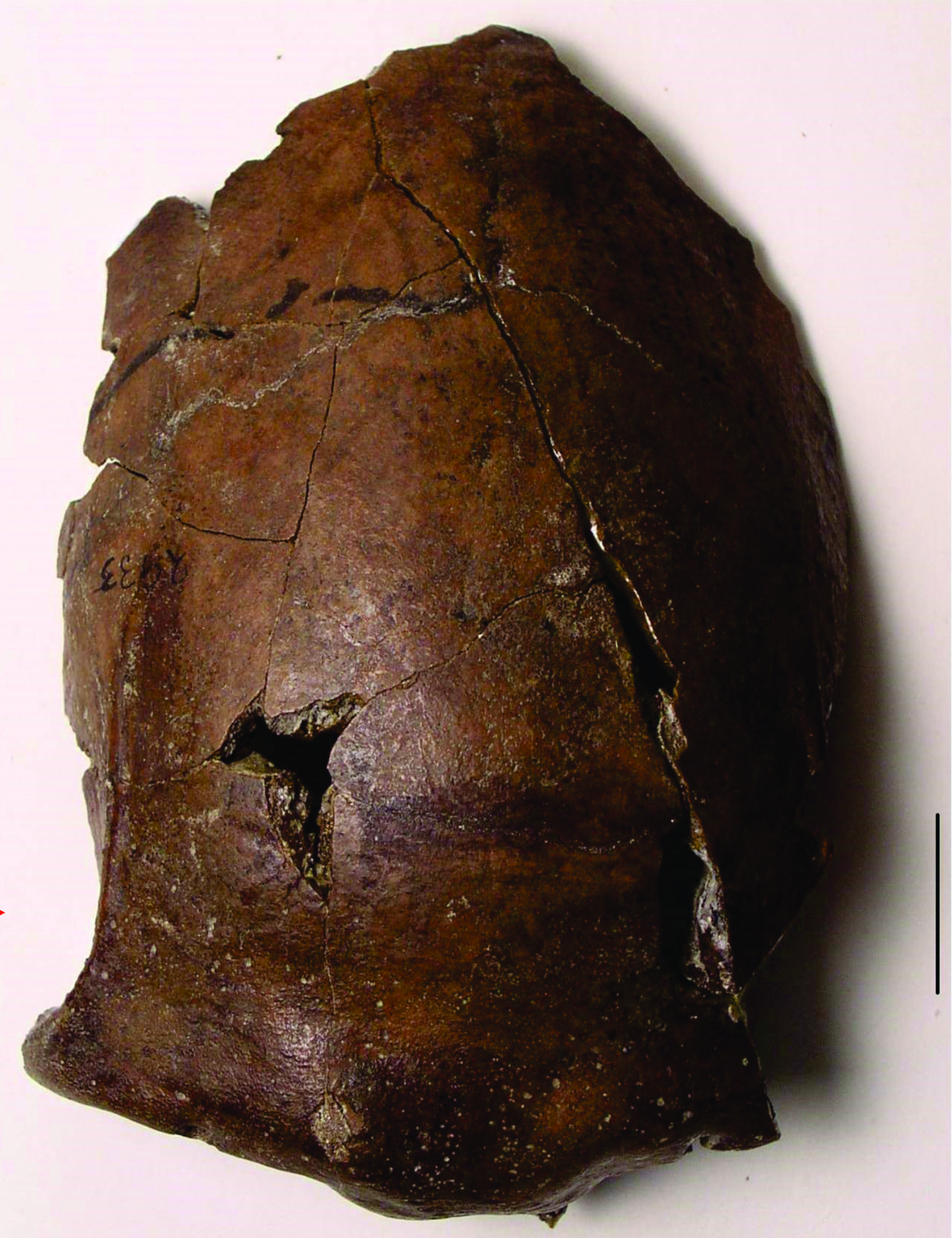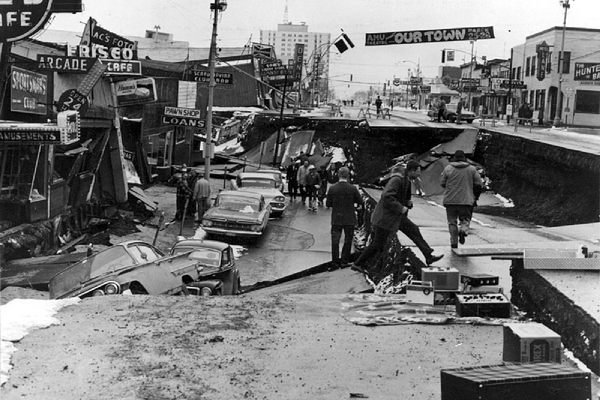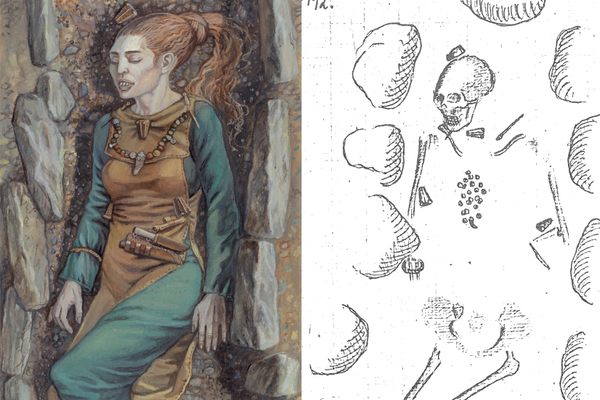This Skull May Have Belonged to the Earliest Known Tsunami Victim
Sediments tell of a disaster in Papua New Guinea 6,000 years ago.

A skull fragment once thought to belong to a 140,000-year-old human ancestor may, in fact, be considerably younger, at just 6,000 years old—and also the oldest known tsunami victim, according to an article published yesterday in the journal PLOS ONE.
When Australian geologist Paul Hossfeld found an ancient-looking hominin skull in Aitape, Papua New Guinea, in 1929, he believed it to be from Homo erectus. The mistake entered into discussions about the origins of humans in Australasia, but that caused researchers to overlook exactly where it had been found. Radiocarbon dating settled the matter and placed the skull at just 6,000 years ago (meaning it came from a modern human). An international group of researchers, led by James Goff of the University of New South Wales, then began to look more closely at its context: “a coastal mangrove swamp inundated from a shallow sea.” Researchers say the place where it was found was likely a tsunami deposit, which could mean that the skull had come from the oldest known tsunami victim in the world.
The verdant island of New Guinea (split between two Indonesian provinces and Papua New Guinea) sits on top of a snarl of tectonic microplates, resulting in a constellation of volcanoes around its shore, the occasional earthquake, and at least seven locally significant tsunamis on its northern coast in the past 110 years. Most recently, in 1998, towering waves of nearly 50 feet battered the shores, and came as far as three miles inland. More than 2,000 people were killed.
In 2014, Goff and his team returned to the site where Hossfeld had found the skull. They followed his notes to a nearby river-cut cliff, reported the New York Times, where they took samples from the sediment layer. Analysis shows a strong similarity to sediment from sites affected by the 1998 disaster. Despite being nearly 6,000 years apart, sediments from both sites had similar grain size and composition—a geochemical signal match. Fossilized deep sea phytoplankton was another clue that, at some point, ocean water had inundated the area. There was one clear conclusion, Goff told the Times. “Yes, this was a tsunami. And yes, this is most probably a tsunami victim, and he or she is the oldest one we know.”
While people have lived along New Guinea’s northern coast for about 35,000 years, not much is known about their lives before 2,000 years ago. The skull gives a few clues. People were likely taking advantage of newly forming lagoons in the area, and contended with the raging tectonic and volcanic activity. The journal adds, “Plate tectonics, geomorphology, and environmental change have likely had a powerful role to play in guiding human settlement and culture in northern Papua New Guinea.”
The biggest takeaway, John Terrell, Regenstein Curator of Pacific Anthropology at the Field Museum in Chicago told Newsweek, should be about the risks of living with rising sea levels. “If we are right about how this person had died thousands of years ago,” he said, “we have dramatic proof that living by the sea isn’t always a life of beautiful golden sunsets and great surfing conditions.”


























Follow us on Twitter to get the latest on the world's hidden wonders.
Like us on Facebook to get the latest on the world's hidden wonders.
Follow us on Twitter Like us on Facebook